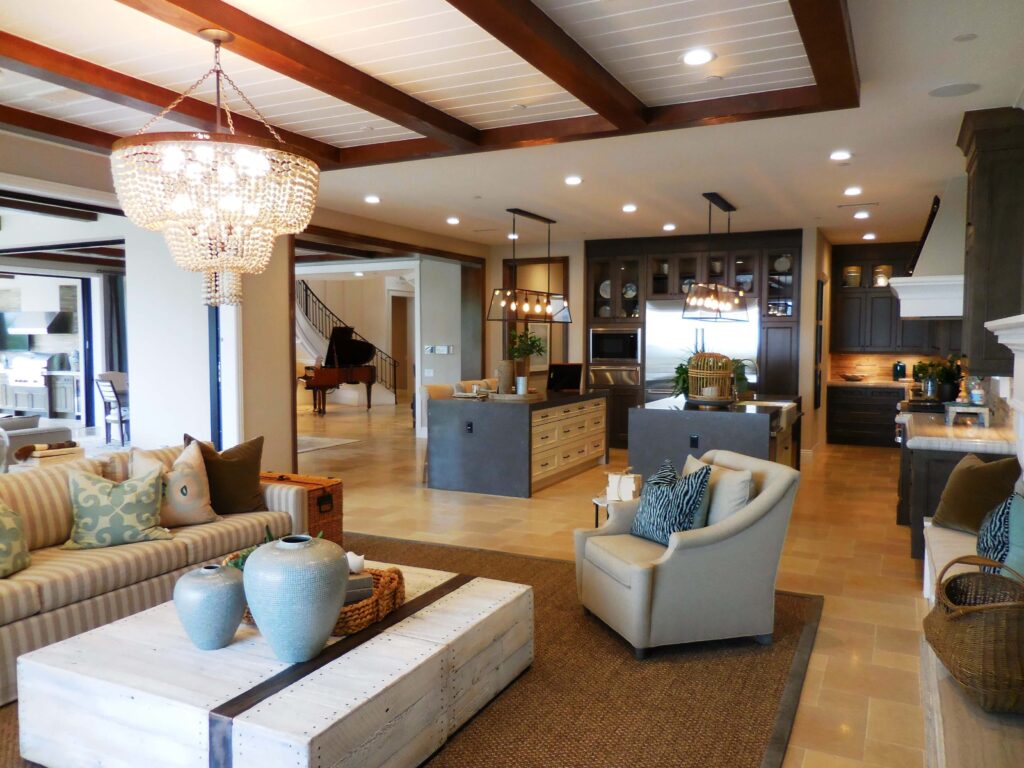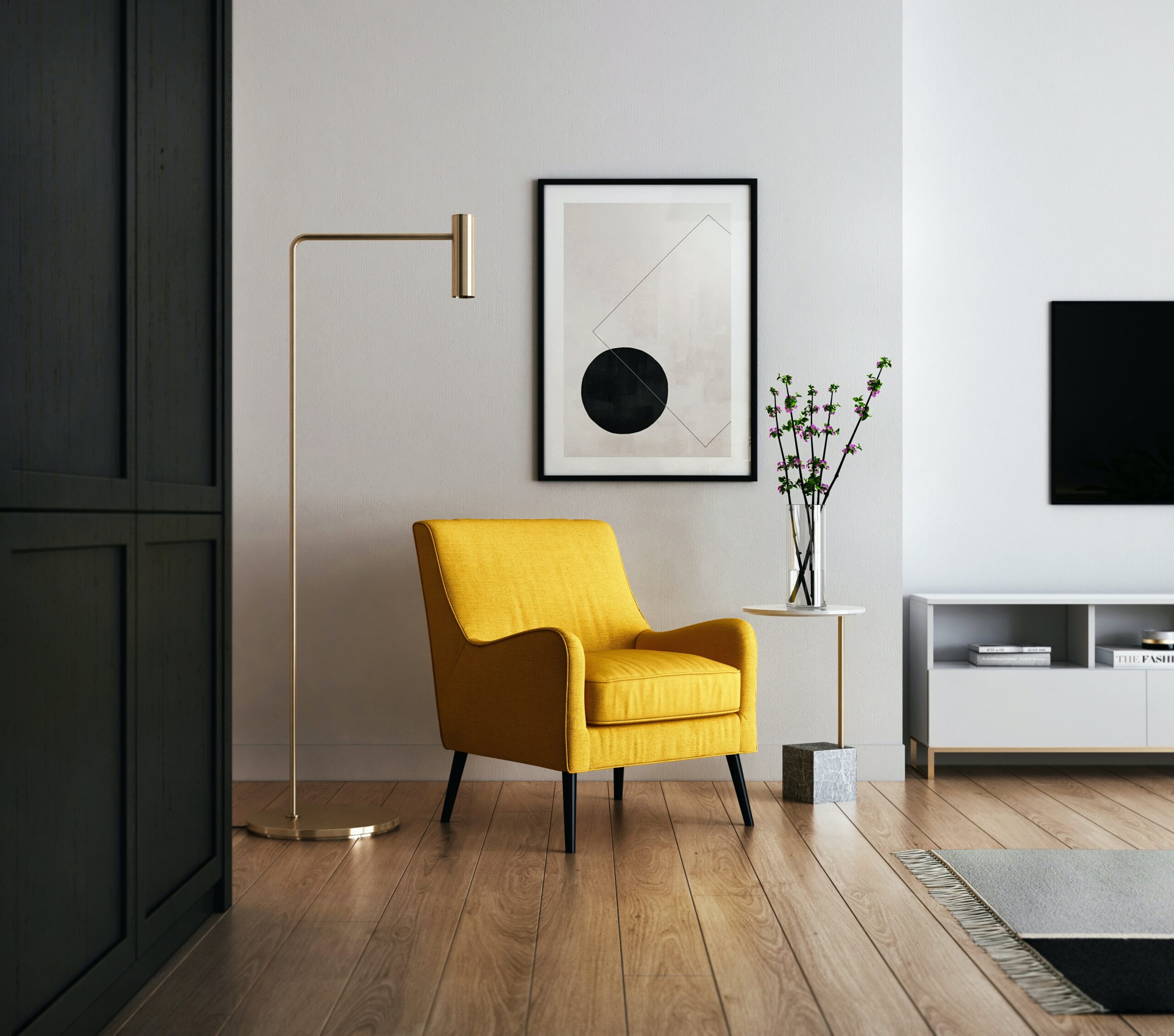How to design a new home?
Designing a new home is a thrilling endeavor that allows you to shape a space tailored to your vision and lifestyle. From the initial spark of inspiration to the final touches, the process involves careful consideration and planning.
Begin by envisioning your dream home. Imagine the overall style, layout, and ambiance you desire. Consider your daily routines, family needs, and the atmosphere you want to create in each room.
Research architectural styles to find one that resonates with you. Whether it’s modern, traditional, or a fusion of styles, understanding architectural elements will guide the design process.
Set a budget early in the planning stage. Knowing your financial boundaries helps make informed decisions about the scale and scope of your new home.
Create a list of “must-haves” and “nice-to-haves.” Prioritize features based on functionality and personal preferences. This list will serve as a foundation for your design choices.
Explore existing floor plans or consult with an architect to create a custom design. Consider factors like room placement, natural light, and the flow between spaces.
Think about the future. Anticipate potential changes in your family or lifestyle, ensuring your design is adaptable and sustainable for the long term.
Choose a suitable building site. Factors like location, orientation, and topography influence the design and energy efficiency of your home.
Understand local building codes and zoning regulations. Compliance is crucial, and it ensures a smooth construction process without unexpected setbacks.
Invest time in selecting the right professionals for your project. This may include architects, builders, and interior designers. Their expertise is invaluable in bringing your vision to life.
Prioritize energy efficiency and sustainable design. Incorporate eco-friendly materials, energy-efficient appliances, and consider renewable energy sources.
Sketch rough layouts for each room. Visualizing the spatial arrangement helps refine your ideas and ensures functionality in every area of your home.
Consider the placement of windows to maximize natural light and capitalize on scenic views. Well-designed windows enhance both aesthetics and energy efficiency.
Explore different roofing styles and materials. The roof not only protects your home but contributes significantly to its overall aesthetic.
Determine the size and layout of bedrooms based on the needs of the occupants. Consider storage solutions to maintain a clean and organized living space.
Design an open and inviting kitchen, considering workflow, storage, and the integration of modern appliances. The kitchen is often the heart of the home.
Plan for ample storage throughout the house. Incorporate built-in cabinets, closets, and multifunctional furniture to optimize space.
Balance public and private spaces. Create communal areas for socializing and private retreats for relaxation.
Think about the outdoor spaces. Whether it’s a garden, patio, or balcony, outdoor areas are an extension of your living space.
Select flooring materials that suit each room’s function. Consider factors like durability, maintenance, and aesthetic appeal.
Explore heating and cooling options. Efficient HVAC systems contribute to the comfort and energy efficiency of your home.
Incorporate technology seamlessly. Plan for smart home features that enhance security, energy management, and overall convenience.
Choose a cohesive color scheme for the entire house. Consistency in color creates a unified and visually appealing design.
Experiment with different textures and materials to add depth and visual interest to your interior spaces.
Consider architectural details such as moldings, trim, and built-ins. These elements add character and charm to your home.
Balance the scale of furniture to the size of each room. Avoid overcrowding spaces and prioritize comfort and functionality.
Ensure good acoustics. Consider soundproofing measures to create a peaceful and serene living environment.
Think about the lighting design. Incorporate a mix of ambient, task, and accent lighting for a well-lit and inviting home.
Stay flexible in your design. Be open to adjustments and refinements as your vision evolves during the planning process.
Pay attention to the flow between indoor and outdoor spaces. Seamless transitions enhance the overall living experience.
Prioritize natural materials. Whether it’s wood, stone, or metal, natural elements add warmth and authenticity to your home.
Ensure proper ventilation in all areas, particularly in kitchens and bathrooms. Good ventilation contributes to a healthy indoor environment.
Factor in safety measures, especially if you have young children or elderly family members. Consider features like handrails and non-slip flooring.
Incorporate ample electrical outlets to accommodate the increasing number of electronic devices in modern households.
Plan for flexibility in room use. Design spaces that can adapt to changing needs over time.
Consider the visual impact of your home from the street. Curb appeal sets the tone for the entire living experience.
Experiment with architectural focal points. Whether it’s a grand staircase or a statement fireplace, focal points add drama and interest.
Prioritize natural landscaping. Native plants and sustainable landscaping practices contribute to environmental conservation.
Design with sustainability in mind. Choose materials and construction methods that minimize environmental impact.
Optimize the use of natural resources, such as sunlight and wind, to enhance energy efficiency.
Create a focal point in each room. Whether it’s a piece of art, a statement piece of furniture, or an architectural detail, focal points draw attention and add character.
Consider the function of each space when selecting furniture. Choose pieces that serve both practical and aesthetic purposes.
Experiment with layout variations. Move furniture around to find the most functional and visually pleasing arrangement.
Invest in quality furniture that withstands the test of time. Quality pieces are a worthwhile long-term investment.
Select a cohesive design theme for your home. Consistency in style creates a harmonious and visually appealing environment.
Balance bold and neutral colors. A well-calibrated mix adds interest without overwhelming the visual senses.
Incorporate personal touches. Display meaningful items, family photographs, and artwork that tell your story.
Don’t neglect the importance of a well-designed entryway. It sets the tone for the entire home and provides a warm welcome.
Consider the needs of each family member when designing individual spaces. Personalization adds a sense of belonging.
Think about the functionality of your home’s entry points. Ensure a smooth flow of traffic and a logical arrangement for daily activities.
Pay attention to the height of ceilings. Well-proportioned ceilings contribute to the overall aesthetics of your home.
Incorporate energy-efficient windows. Properly insulated windows contribute to temperature control and energy savings.
Consider the placement of electrical switches and outlets for convenience. Plan for a seamless integration of technology in your home.
Design with future maintenance in mind. Choose materials and finishes that are durable and easy to clean.
Incorporate outdoor storage for tools, equipment, and recreational items. An organized outdoor space adds to the overall functionality.
Plan for a dedicated workspace if you work from home. Consider natural light and a comfortable layout to enhance productivity.
Consider a mix of open and closed storage solutions. Open shelving adds a decorative touch, while closed storage conceals clutter.
Select a durable and easy-to-maintain exterior finish. The exterior is the first line of defense against the elements.
Incorporate energy-efficient appliances and fixtures in the kitchen and bathrooms. Water and energy conservation contribute to sustainability.
Create a harmonious color palette between the interior and exterior of your home. Continuity in design enhances the overall curb appeal.
Incorporate personal wellness elements. Consider features like a dedicated exercise space, spa-like bathrooms, or calming colors.
Experiment with ceiling treatments. Whether it’s coffered ceilings, exposed beams, or a simple color contrast, ceilings contribute to the overall design.
Plan for adequate insulation. Well-insulated walls and attics contribute to energy efficiency and comfort.
Consider the view from each window. Capitalize on scenic views or create visually appealing outdoor spaces.

